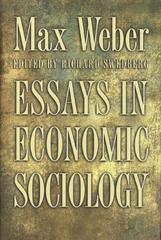Question
Consider an economy of only two industries, one high wage and the other low wage. Each employs the same number of workers, equally divided between
Consider an economy of only two industries, one high wage and the other low wage. Each employs the same number of workers, equally divided between two occupational groups: skilled and unskilled. Skilled workers are identical with each other in the two industries, and so are the unskilled.
The low-wage industry pays its skilled labour $21 an hour and its unskilled labour $6, during both a recession and an expansion; that is, it has a rigid wage structure.
The high-wage industry pays its skilled labour $33 per hour in both a recession and an expansion, but it pays its unskilled workers $6 during recession and $25 during expansion; that is, only its skilled wages are rigid over the business cycle.
Assume that there is a barrier to mobility between the two industries, preventing worker migration between the two industries
Part a) For the whole economy, calculate the inter-occupational wage differential (ratio of skilled to unskilled wages) in both the recession and the expansion.
Part b) Calculate the inter-industry wage differential (ratio of high-to low-wage industries) for both skilled and unskilled workers in both the recession and the expansion.
Part c) Does the inter-occupational wage differential narrow or widen in the expansion and recession? Why?
Step by Step Solution
There are 3 Steps involved in it
Step: 1

Get Instant Access to Expert-Tailored Solutions
See step-by-step solutions with expert insights and AI powered tools for academic success
Step: 2

Step: 3

Ace Your Homework with AI
Get the answers you need in no time with our AI-driven, step-by-step assistance
Get Started


